
(a)
Interpretation:
For the given compound, both
Concept introduction:
Each chemically distinct type of hydrogen atom in a molecule gives rise to an independent signal in a proton NMR spectrum. In a
The
Answer to Problem 16.79P
For the given compound, both
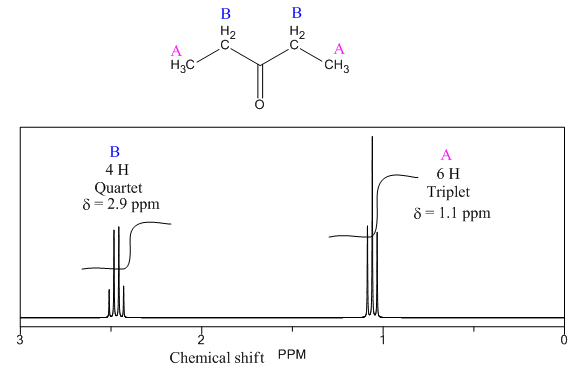
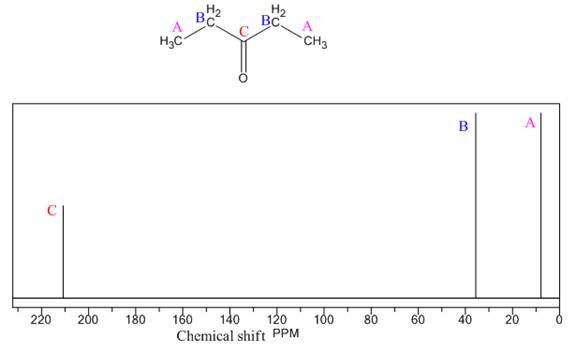
Explanation of Solution
The given compound is
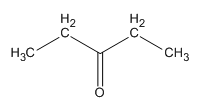
There are two types of chemically different H atoms and three types of C atoms in the above compound. Thus, the

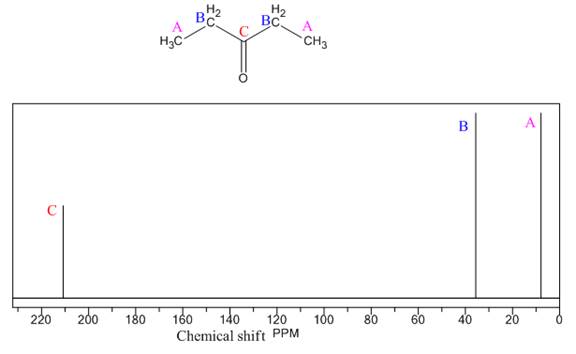
The
(b)
Interpretation:
For the given compound, both
Concept introduction:
Each chemically distinct type of hydrogen atom in a molecule gives rise to an independent signal in a proton NMR spectrum. In a
The
Answer to Problem 16.79P
For the given compound, both
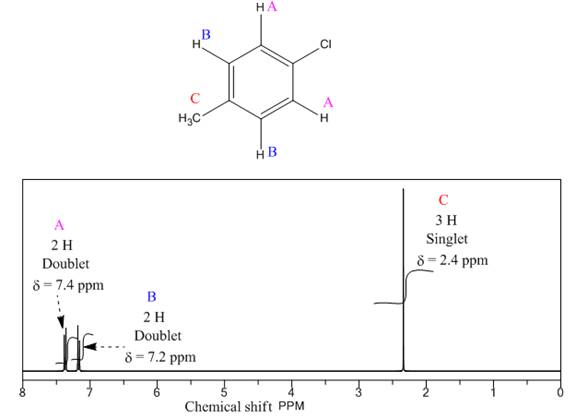

Explanation of Solution
The given compound is

There are three types of chemically different H atoms and five types of C atoms in the above compound. Thus, the

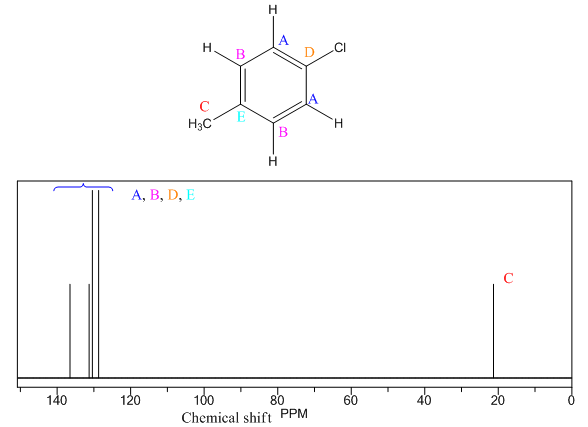
The
(c)
Interpretation:
For the given compound, both
Concept introduction:
Each chemically distinct type of hydrogen atom in a molecule gives rise to an independent signal in a proton NMR spectrum. In a
The
Answer to Problem 16.79P
For the given compound, both
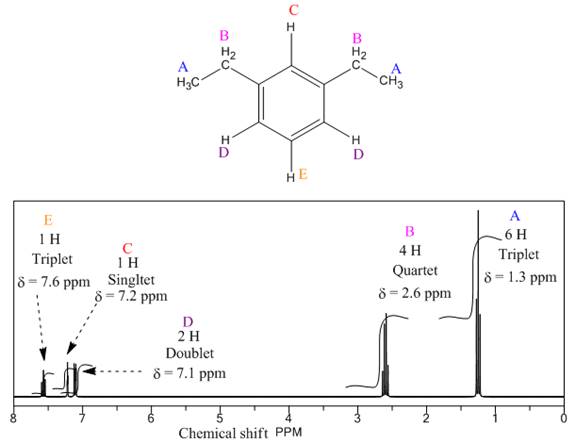

Explanation of Solution
The given compound is
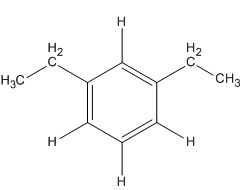
There are five types of chemically different H atoms and six types of C atoms in the above compound. Thus, the
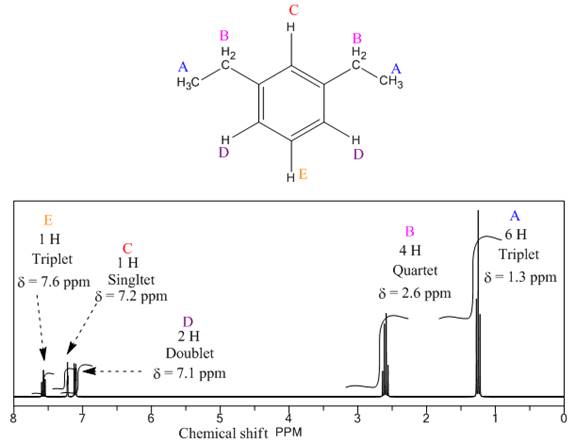

The
Want to see more full solutions like this?
Chapter 16 Solutions
ORG.CHEM W/TEXT+SOLU.MANUAL
 ChemistryChemistryISBN:9781305957404Author:Steven S. Zumdahl, Susan A. Zumdahl, Donald J. DeCostePublisher:Cengage Learning
ChemistryChemistryISBN:9781305957404Author:Steven S. Zumdahl, Susan A. Zumdahl, Donald J. DeCostePublisher:Cengage Learning ChemistryChemistryISBN:9781259911156Author:Raymond Chang Dr., Jason Overby ProfessorPublisher:McGraw-Hill Education
ChemistryChemistryISBN:9781259911156Author:Raymond Chang Dr., Jason Overby ProfessorPublisher:McGraw-Hill Education Principles of Instrumental AnalysisChemistryISBN:9781305577213Author:Douglas A. Skoog, F. James Holler, Stanley R. CrouchPublisher:Cengage Learning
Principles of Instrumental AnalysisChemistryISBN:9781305577213Author:Douglas A. Skoog, F. James Holler, Stanley R. CrouchPublisher:Cengage Learning Organic ChemistryChemistryISBN:9780078021558Author:Janice Gorzynski Smith Dr.Publisher:McGraw-Hill Education
Organic ChemistryChemistryISBN:9780078021558Author:Janice Gorzynski Smith Dr.Publisher:McGraw-Hill Education Chemistry: Principles and ReactionsChemistryISBN:9781305079373Author:William L. Masterton, Cecile N. HurleyPublisher:Cengage Learning
Chemistry: Principles and ReactionsChemistryISBN:9781305079373Author:William L. Masterton, Cecile N. HurleyPublisher:Cengage Learning Elementary Principles of Chemical Processes, Bind...ChemistryISBN:9781118431221Author:Richard M. Felder, Ronald W. Rousseau, Lisa G. BullardPublisher:WILEY
Elementary Principles of Chemical Processes, Bind...ChemistryISBN:9781118431221Author:Richard M. Felder, Ronald W. Rousseau, Lisa G. BullardPublisher:WILEY





